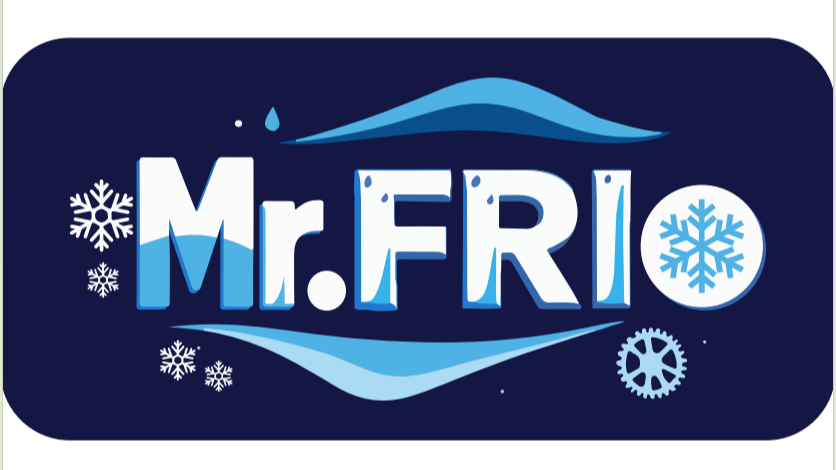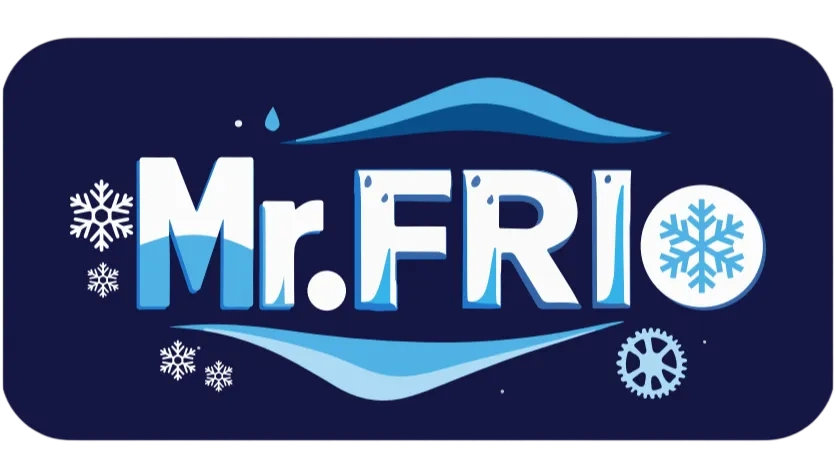The Importance of LED Fridge Lighting Solutions
Boosting Product Visibility in Commercial Displays
Efficient lighting is so important to the commercial product displays, and LED lighting is leading that improvement. Strong, clear LED light to display contents brighter simply in low light areas as well, Such asdark supermarket freezers, and warehouses so customers quickly see items Stainless steel shelf for bulk storage Convertible Ultraslim Freezer light: led full range temperature control 7. temperature control whit led display on door 8. Studies have demonstrated that this increased exposure can lead to a substantial increase in sales. Products already shown in workable lighting with LED lamp finished can increase sales by as much as 30%. These findings validate the importance of lighting and its effect on in-store consumer purchase decisions, positioning LED lights as a critical staple in businesses when working to maximize product visibility that results in greater sales.
Enhancing Food Appeal with Natural Color Rendering
High-grade LED fridge lights are inevitable in enhancing food appeal, via high CRI (Color Rendering Index). This capability simulates natural light, so you can see the true color of food in its freshest and most appetizing state. Food looks better with light that has the natural color rendering capabilities of LEDs and consumer purchasing decisions on produce are greatly influenced by the look of the food as it can look fresher than it really is. Scientific evidence also shows that food products offered under natural light rendering are known to have a stronger influence on consumer perceptions of freshness and could lead to more impulse purchasing. Thus, they are turning to LEDs as a way of getting food to look its best in restaurant freezers and commercial displays as well.
Key Features of Effective Fridge Lighting
Optimal Color Temperatures for Different Products
This is why it is important to understand which exact color temperature will well impact the display of the side by side refrigerators for product appealing. Different types of food thrive with various lighting conditions; to illustrate, browner tones work best for baked goods as it elicits some sense of warmth and homeliness. Colder colors, however, work well for featuring meats and dairy products because they communicate that these are fresh and high quality. Using LED lights with color temperatures between 3000K and 3500K is the best idea for displaying food. This variety creates a yummy look to which helps draw customers in to make purchasing decisions around critical product categories such as bakery and dairy cases. Optimising the lighting to the product requirement not only improves visibility - but contributes to the ultimate shopping experience.
Durability in Deep Freezer and Flash Freezer Environments
One of the most practical benefits of LED lighting in harsh conditions, like those in deep freezers and flash freezers, is its hardiness. LED lights are highly durable -- whereas traditional bulbs break easily because they are sensitive to notes and shocks. This durability comes in handy – especially when the outdoor freezer lighting has to withstand severe temperatures every day. The statistics don’t lie – LED lights last between 25,000 and 50,000 hours, hundreds of times longer than traditional illumination choices. This durability ensures consistent performance and is a more cost-effective way for businesses to save on energy without sacrificing quality, commercial flash freezer, and restaurant freezer applications can maximize energy savings and minimize maintenance costs. As I focus on product sustainable, LED lights provide not only great cost saving but also long term durability for use in a tough environment, so that is why I recommend them for use in commercial refrigeration.
Applications Across Industrial Freezer Types
Lighting Solutions for Restaurant Freezer Units
Energy efficient LED technology in customer freezer applications is critical for the balance of cost and operational performance. These are well designed to fit into compact spaces which are usually available in restaurant conditions and help to keep energy cost under control. Most notably is the LEDs, you’ll get bright lights to help you see what you are getting – great for anyone focusing on food safety when being able to clearly see and selects ingredients really does reduce waste. The inclusion of LED light in a restaurant freezer provides a safe and more productive kitchen environment, which especially becomes important in high traffic scenarios. This combination of efficiency and visibility allows for optimal space utilization while fulfilling the fast and accurate service demands of an active restaurant.
Customizing Illumination for Commercial Flash Freezers
LED lighting systems designed specifically to maximize utility and product visual appeal are of great interest for commercial flash freezers. These custom-made lighting structures provide a fast product viewing option while minimizing the amount of “heat” created and are great for preserving the quality of frozen products. When businesses understand the special lighting requirements of a flash freezer, they can enhance their product turnover ratio and perfect their merchandising tactics. This assists not only in maintaining the quality of frozen products but also makes them look attractive for sale. In the end, these customised lighting options offer businesses a convenient way to reduce costs, boost freezer functionality, and create a more enjoyable customer experience.
Energy Efficiency and Cost Savings
Reducing HVAC Loads with Low-Heat LED Systems
By Low – heat LED lighting which keeps the ambient temperature low inside and eases the stress on HVAC systems keep freezer environments in industrial freezers. Because led lights have less heat generating, the indoor temperature remains cooler even if it kelps the energy costs lower due to less demand on cooling systems. Based on recent statistics, facilities can experience HVAC (heating, ventilation, and air conditioning) savings up to 20% when switching to LED lighting systems. This change not only saves energy costs, but also increases productivity by keeping the ideal cooling conditions required for freezers, such as those in restaurants or deep freezers.
ROI Analysis for Industrial Freezer Retrofits
A return on investment (ROI) calculation for retrofitting an industrial freezer to LED lighting shows significant long-term utility bill savings. The investment in LED systems is generally returned within 1-2 years, due to reduced energy use and maintenace cost. On average, businesses experience up to 60% energy savings when they use traditional incandescent lighting; this is a huge reduction in overall operational costs. With the benefits of increased freezer performance and decreasing energy costs, retrofits fit within your sustainable business practices and your financial strategies.
Installation and Maintenance Best Practices
Positioning Lights in Commercial Flash Freezer Setups
Commercial Flash Freezers – Best LED Light Placement Proper placement of LED lights in a commercial flash freezer is KEY in getting good visibility and functionality out of the unit. Lighting should be positioned to reduce shadows and evenly light all facets of a product, eliminating any dark pockets in the freezer. This method not only brings out the beauty of the products, but improves operation as well allowing for an easier time finding the items. Experts recommend the use of reflective surfaces in combination with the placement of LEDs so that the lighting covers a large area and the number of bulbs is minimized. This not only improves visibility but also aids energy conservation; meshing with greener business operation in the business market.
Long-Term Care for Deep Freezer Lighting Systems
It is important to clean LED lighting in deep freezers to ensure optimal performance and optimal energy savings. Routine maintenance and inspections can go a long way to increase the lifespan of an LED bulb by keeping them clean and ice-free. Conducting maintenance inspections quarterly will maintain these lighting systems in good working condition. These tests guarantee the luminaires supply a constant light output at low power values to ensure the greatest return on the investment for deep freezer jobs, both in terms of performance and costs. This type of preventive care not only means your lighting systems will last longer, but they will help you save money over time by avoiding expensive repairs or installations.


